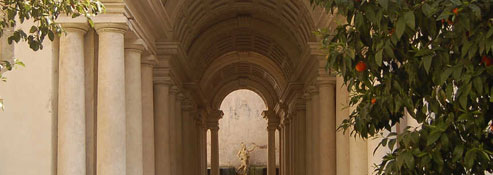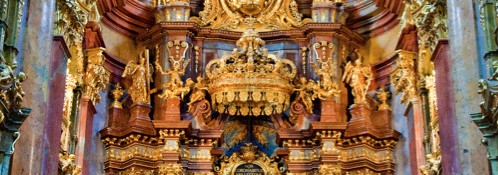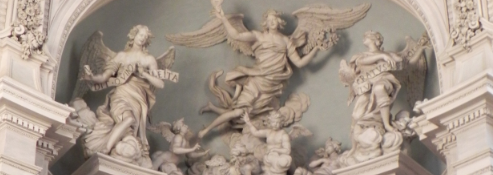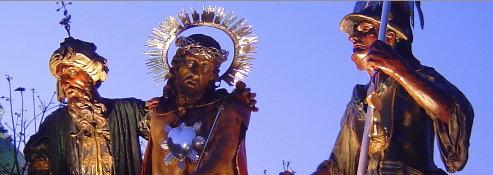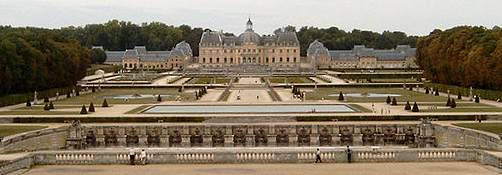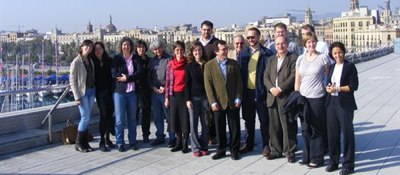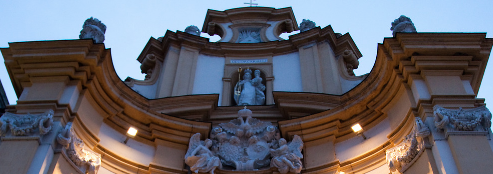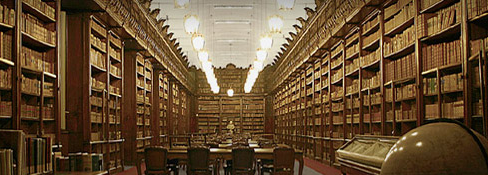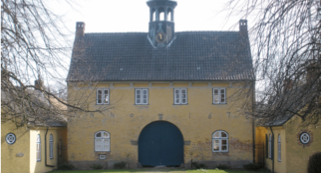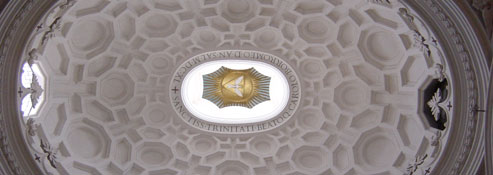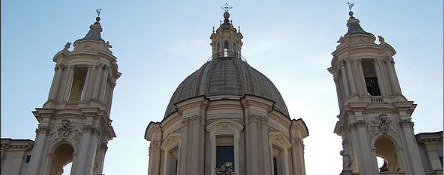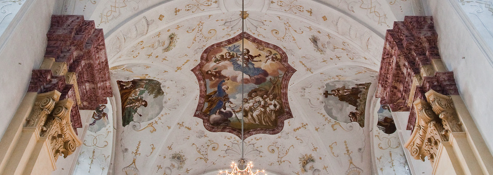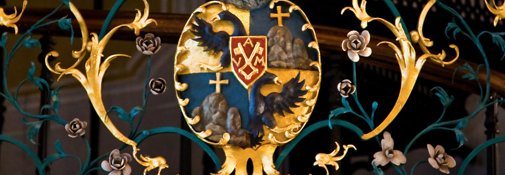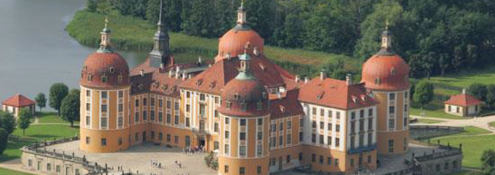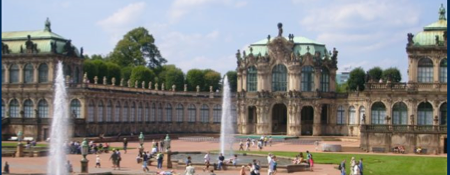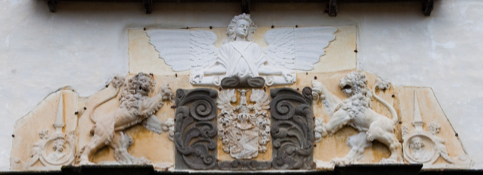The famous collection of anatomical and obstetric wax models has its origins in an initiative of Emperor Joseph II. Thrilled by the wax models Felice Fontana in "Reale Museo di Fisica e Storia Naturale" ("La Specola") in Florence, he ordered a collection of anatomical and obstetric wax models for the future Medical Surgery Academy.

Under the supervision of the anatomist Paolo Mascagni, the models were built in Florence from 1784 to 1788. Following the difficult transportation, the wax models - 1192 in total - finally arrived in Vienna. They were meant, on the one hand, to serve as viewing material in the lessons at the Josephinum, on the other hand, they were also meant for the public (medical education). The whole collection was displayed in seven rooms in cases made of rosewood and Venetian glass and were accompanied by descriptions in Italian and German for detailed information. Today the collection is housed in six rooms of the Josephinum and is subdivided into the anatomical areas of ligaments and muscles, heart, blood and lymphatic vessels, intestines, brain, spinal chord and sense organs. In the fifth room the comprehensive collection of obstetric wax models can be found. A special feature of the collection is, in addition, two models which can be completely taken apart - a heart and the so-called "Medicean Venus".
All pictures were taken by von Alexander Ablogin.
Literature:
Sonia Horn, Alexander Ablogin (Hg.), Faszination Josephinum. Die anatomischen Wachspräparate und ihr Haus (Wien 2012).



